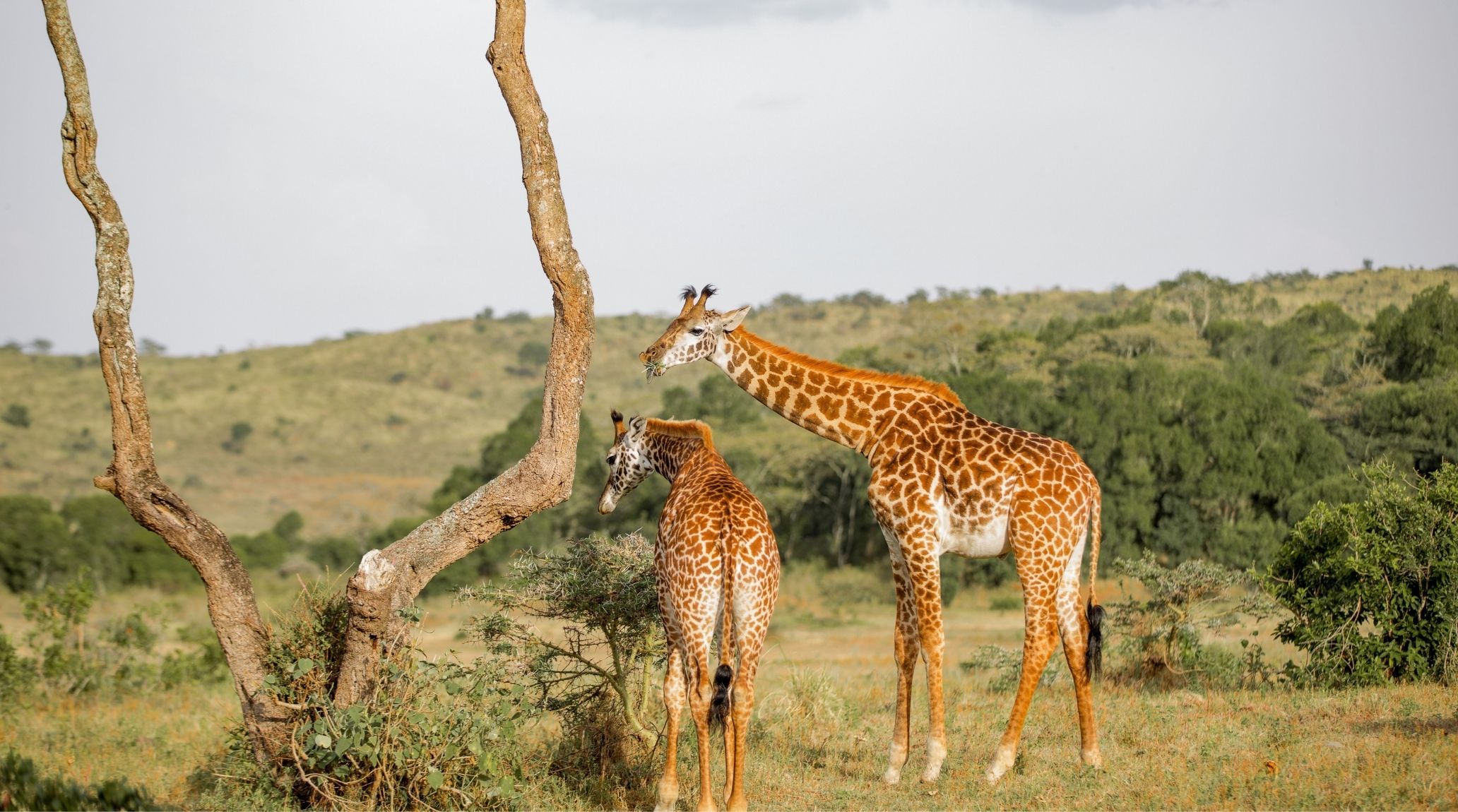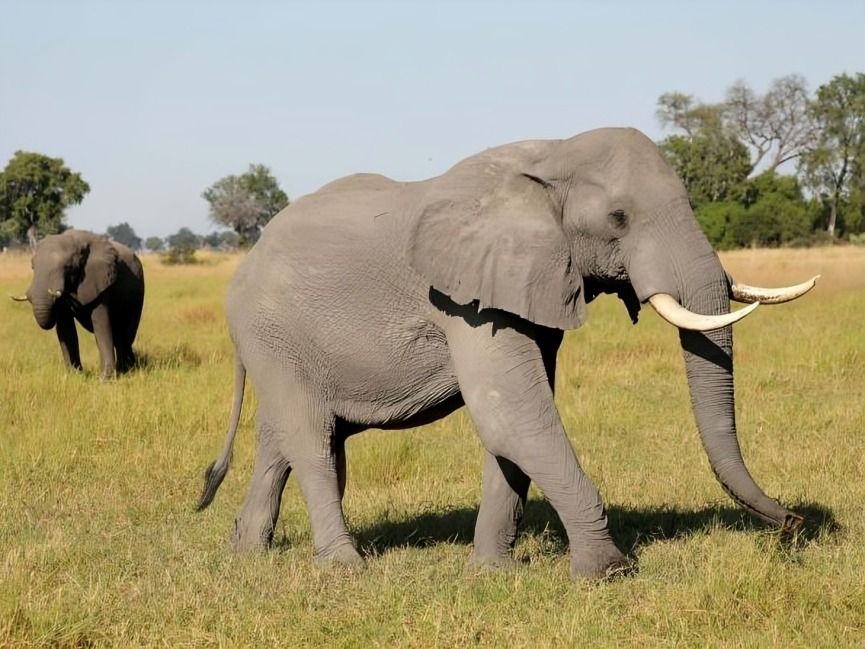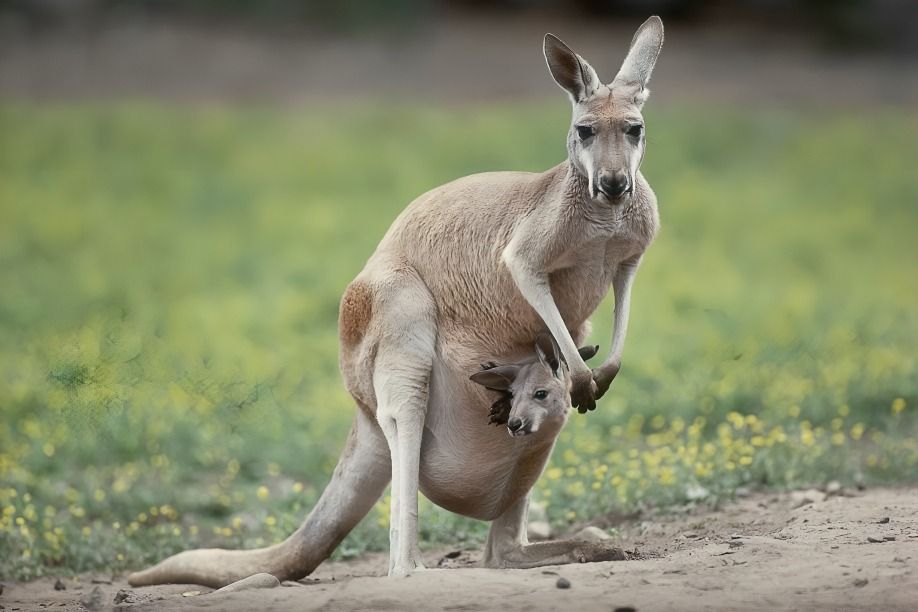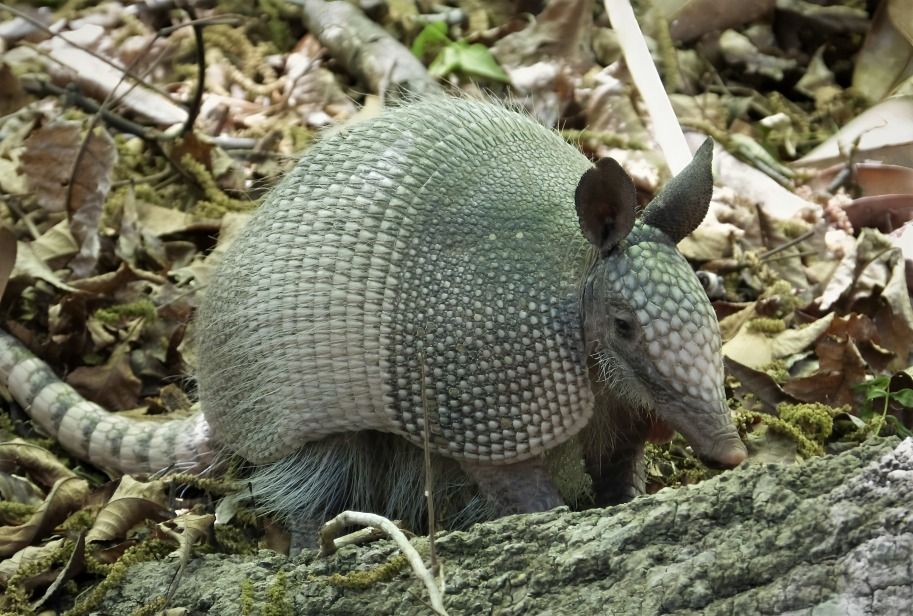
“
Grasslands are vital ecosystems that cover significant portions of the Earth and provide habitat for numerous species, including various grassland animals. In this article, we will highlight 20 Surprising facts about grassland animals, focusing on their incredible adaptations and the roles they play in their ecosystems. Prepare to be amazed by the rich life that thrives in these expansive habitats!1
1
”

African elephants, the largest land animals, are commonly found in grasslands, where they use their massive ears to regulate body temperature. Their trunks contain over 40,000 muscles, allowing them to pick up small objects or uproot trees.
Lions, known as "kings of the savanna," live in prides and are unique among big cats for their social structure. Females do the majority of hunting, often working in coordinated groups to take down large prey like wildebeest and zebras. 1
Cheetahs, the fastest land animals, rely on the open grasslands for their hunting strategy. They can accelerate from 0 to 60 mph in just a few seconds, but their sprinting ability lasts only for short distances, usually around 20 seconds. 2
Prairie dogs, small burrowing rodents in North American grasslands, create extensive underground colonies called "towns." These complex tunnel systems provide protection from predators and extreme weather, housing hundreds of individuals. 3
Bison, North America's largest terrestrial mammals, once roamed grasslands in massive herds numbering in the millions. Despite their size, they are incredibly agile, capable of running up to 35 mph and jumping over 6 feet high. 4
Meerkats, native to the African grasslands, live in highly social groups called mobs or clans. They rely on teamwork for survival, with members taking turns as sentinels to look out for predators while others forage.5
Giraffes, the tallest animals on Earth, are perfectly adapted to grasslands, using their long necks to reach leaves high in trees. Their tongues are about 18 inches long, allowing them to expertly pluck foliage without thorns hurting them. 6
Hyenas, often misunderstood as scavengers, are actually skilled hunters and are responsible for most of their own kills. In the grasslands, they hunt in packs and are known for their incredibly powerful jaws, capable of crushing bones. 7
Zebras are social animals that live in herds and rely on each other for protection in the open grasslands. Their black-and-white stripes serve as camouflage, confusing predators when they move together in a group, known as "dazzle camouflage." 8

Kangaroos in Australia’s grasslands, or "savanna," are marsupials that can leap up to 30 feet in a single bound. Their strong hind legs and large feet allow them to cover vast distances quickly, conserving energy in the expansive plains.
Secretary birds, found in African savannas, are large, long-legged birds of prey that hunt primarily on foot. They use their powerful legs to stomp on snakes and other small prey, making them unusual among raptors for their terrestrial hunting style. 9
Wildebeest, famous for their massive migrations across the African grasslands, travel in groups that can number over a million individuals. These migrations are crucial for their survival, as they follow seasonal rains to find fresh grazing land and water. 10
Antelope species like the springbok are adapted to grassland environments with incredible speed and agility. The springbok can leap over 13 feet in the air, a behavior called "pronking," which is believed to confuse predators. 11
Termites, although small, play a massive role in grassland ecosystems by breaking down dead plant material. Their mounds, which can reach several feet in height, also aerate the soil, improving its fertility for plant growth. 12
Rhinoceroses, specifically the white rhino, are grazing animals that spend much of their day eating grass in African savannas. Their wide mouths are adapted to their grass-heavy diet. 13
Ostriches, the world’s largest birds, inhabit African grasslands and can run at speeds of up to 45 mph, making them the fastest two-legged animal. They use their powerful legs not only for running but also to deliver deadly kicks when threatened. 14
Caracals, medium-sized wild cats found in African and Middle Eastern grasslands, are known for their incredible jumping ability. They can leap up to 10 feet in the air to catch birds in flight, making them highly efficient hunters in open spaces. 15
Grassland snakes, like the black mamba, are some of the fastest and most venomous reptiles in the world. They rely on the grassland’s open terrain to quickly pursue prey, striking with lethal precision and speed. 16
Vultures, commonly found in grassland ecosystems, are vital scavengers that help clean the environment by consuming dead animals. Their stomach acid is so strong it can break down diseases like anthrax, preventing the spread of infections in the ecosystem.17

Armadillos, particularly the nine-banded armadillo, are common in South American grasslands and are unique for their armor-like shell. When threatened, they can roll into a ball to protect themselves, a defense mechanism that helps them evade predators.


